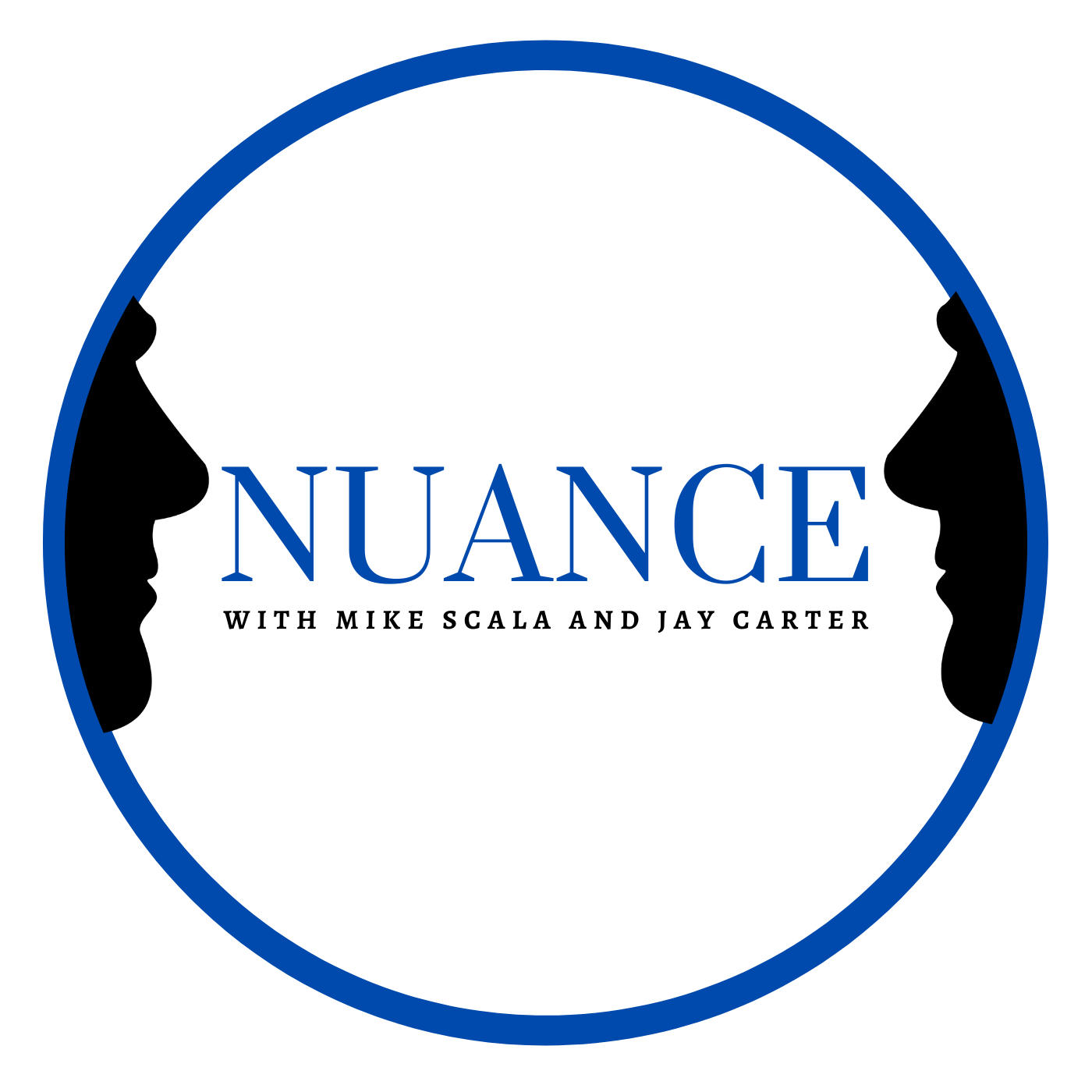It’s Not Diversity Marvel, It’s Poor Implementation
A lot has been said about Marvel Comics vice president of sales David Gabriel’s comments indicating that diversity was the cause of their sales slumped. Following the outcry, Gabriel attempted to clarify the initial statements.
“What we heard was that people didn’t want any more diversity. They didn’t want female characters out there. That’s what we heard, whether we believe that or not. I don’t know that that’s really true, but that’s what we saw in sales.” – David Gabriel, Marvel’s vice president of sales
He didn’t just focus on women on the diversity spectrum either.
“We saw the sales of any character that was diverse, any character that was new, our female characters, anything that was not a core Marvel character, people were turning their nose up against. That was difficult for us because we had a lot of fresh, new, exciting ideas that we were trying to get out and nothing new really worked.” – David Gabriel, Marvel’s vice president of sales
Diversity matters. It matters for a wide variety of reasons. Actress in founder of the Geena Davis Institute uses the phrase “if she can’t see it, she can’t be it” in her quest for gender inclusivity in media. Former First Lady Michelle Obama has previously spoken about why representation matters in media. Minimizing visibility minimizes the perception of existence and importance. This is true even in fictional media. It’s also true that Marvel’s line up of traditional characters are largely white and male. Marvel isn’t alone in that. Counterpart DC Comics’ line is similar. As is entertainment in general. With comic book characters though, many have 60+ year histories and identities. This is an important point to take notice of because introducing diversity in the way Marvel has done it does a disservice to the characters and fans and shows a general lack of understanding of the reason why diversity is important.
The issue isn’t diversity itself but the way Marvel chose to implement that diversity. Marvel changed almost all of their biggest characters by either eliminating them or pushing them to the side in a bid to create diversity.
Spider-man is now Miles Morales (black/hispanic), Captain America is Sam Wilson aka the Falcon (black), Thor is Jane Foster (white female), Iron Man is Riri Williams (black female), Ms. Marvel is Kamala Khan (Pakistani-American female), the Hulk is Amadeus Cho (Korean-American), Hawkeye is Kate Bishop (white female), and Wolverine is Laura Kinney aka X-23 (white female). Sure they’ve subbed out characters many times in the past but it was for short periods of time.
This is quite the diverse class. Where are the characters we all know though? Some have stepped back and others are dead. The problem with that is that Marvel seems to think the alter-ego and the hero are two separate characters. They are not.
I grew up on comics. Make mine Marvel! At one point when I was younger I was collecting 11 titles a month. Three of which were of ol’ Web Head; which may or may not have been a previous user name of mine on the Internet .Spider-man was and is my favorite all time character. I had a Spidey birthday cake, toys, and posters. I pride myself on my ability to climb the walls in our house in the hallway to the ceiling. Tickets to the first two Tobey Maguire Spider-man movies somehow found their way in to my hands randomly – one from a radio DJ friend and another from a stranger whose plans changed before entering the theater and he walked over to me and just gave it to me. The web of destiny at work.
Spider-man isn’t just a white male in a webbed tights. He is Peter Parker with an aunt May and a deceased uncle Ben who taught him that “with great power comes great responsibility.” He is not Miles Morales nor Gwen Stacy. This is not to say that Morales isn’t a good character. He’s just not “the” Spider-man. Jane Foster as Thor may be compelling and open up several possibilities for writing the character of Jane – but she is not Thor Odinson, brother of Loki, and son of the Allfather Odin. There is a difference.
Marvel is a universe that the fans no longer recognize. Marvel implemented a faux diversity. Even new fans might be confused if they attempt to enter the comic book universe from the Marvel Cinematic Universe where the characters are largely their traditional selves. They’d be showing up to a place that looks nothing like what brought them there. Speaking of the MCU, Marvel had a huge diversity opportunity with their characters of The Mandarin and The Ancient One. Both are Asian men but were replaced in their MCU roles with a white male and a white female respectively. The comics versions may have traditionally written these characters as offensive stereotypes which was an excuse Marvel used for replacing them. However, they could have corrected that by presenting them without the stereotypes in their on-screen versions and leaving the diversity intact. They chose not to.
Also, diversity isn’t taking over someone’s spot, it’s being someone themselves. Marvel took the lack of understanding of what showcasing diversity does and thought slapping a new face on something was the same thing. Again, these characters themselves could be great and the writers could do an outstanding job writing for them but these characters didn’t carve their own lane. They didn’t earn the adoration of the fans. These are characters people don’t know and Marvel expected the fans to just swap them out for characters they love. Diversity isn’t at the root of the issue here, it’s that the characters they were reading about are no longer there. That is in addition to the huge changes Marvel has made in it’s universe period.
For young black women seeing a character like Riri Williams, a superhero genius who built her own Iron Man type suit, is a huge benefit. But noone knows her though. For example, Logan’s Wolverine debuted in The Incredible Hulk #180 in 1974. Joined the X-men in 1975 and did his time as a team member for years. His growing popularity led him to finally getting his own solo 4-issue title in 1982. He wasn’t just given the name and title of one of the biggest characters around at “Hey bub.”
If Marvel was serious about diversity and not just interested in quieting the talk of non-diversity they’d either elevate some of their established diverse characters or get the pen out like Stan Lee and create new exciting characters and build them up. Let fans get to know them, grow with them, and make them an integral part of the pantheon on their own merits. Diversity pays out the most benefits when fans identify with characters, their personality, their history, and their ideology.
You can do better.
‘Nuff said.
Additional:
http://www.vox.com/culture/2017/4/4/15169572/marvel-diversity-outrage-gabriel
http://nerdist.com/marvel-diversity-comics-david-gabriel-wrong/
http://variety.com/2017/biz/news/marvel-exec-blames-diversity-women-comic-sales-slump-1202021440/
https://www.theguardian.com/books/2017/apr/03/marvel-executive-says-emphasis-on-diversity-may-have-alienated-readers
http://www.slate.com/blogs/browbeat/2017/04/03/marvel_vp_blames_dwindling_comics_sales_on_diverse_character_lineup.html
https://www.theguardian.com/women-in-leadership/2013/nov/12/media-representation-matters
Jaylon Carter is a blogger, social media marketing consultant, former Congressional Campaign Media & Communications Director, national labor union vice block leader, and a Hip Hop artist who performs under the stage name Timid (@timidmc).







Recent Comments